The curtain has fallen on NZIFF’s Christchurch leg for 2017, and it has been a remarkable Festival. Every year, NZIFF goes above and beyond to provide cinephiles with the best New Zealand and the world has to offer cinematically. Better yet, the Festival is not just in a single location, but across New Zealand, with dates and selections varying. One of the benefits of this is that there tends to be a bit of a ‘trickle down’ in terms of reviews, features and film fan recommendations.
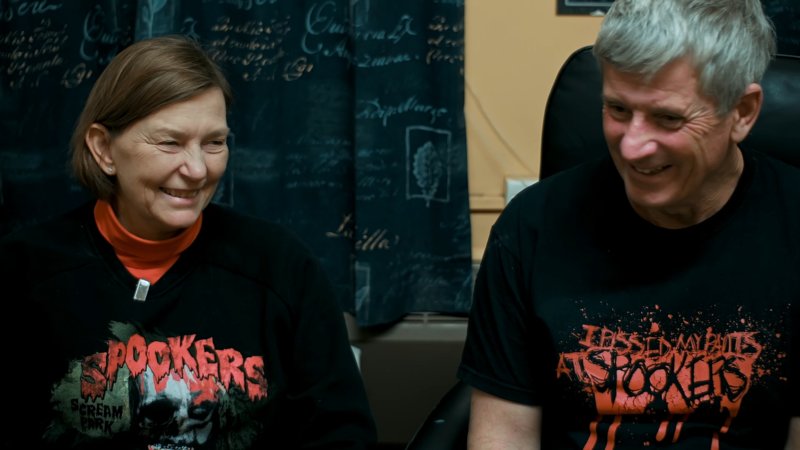
For instance, someone in Auckland can rave about a film and it piques the interest of those (like myself) in Christchurch who are awaiting the start of the Festival in Christchurch. One thing’s for certain- the NZIFF is a great way to meet new people as well. Sit next to a stranger for a screening and you’re instant besties (and they’ve offered you tickets to a screening they can’t attend as well- true story! It happened to me at The Lost City of Z).
For me, the New Zealand International Film Festival is a place where memories are made. I must confess, I had put off attending the Festival on a regular basis until 2013. Before then, it was something I’d put on hold. I’m not entirely sure why, as it provides three weeks of utter cinematic bliss- why would anyone deny themselves that?
Interestingly, I recall being at the cinema with my best friend in 2012, just about to watch the film that would cause me to ‘wake up’ and pursue my career goals, poring over the 2013 NZIFF brochure. I mentioned that one day I’d love to volunteer, perhaps as a Publicity Assistant. Fast forward to Closing Night 2013, and Jim Jarmusch’s Only Lovers Left Alive. Bill Gosden, NZIFF Director, was there to speak prior to the film. I looked at my partner and wished I’d had my resume with me, although it might have been quite a sight, Mr Gosden leaving the theatre with a short, chubby blonde waving a resume around!
Fortuitously, however, I was the Publicity Assistant for Christchurch’s NZIFF in 2014, a thoroughly enjoyable experience and something I treasure to this day. This was in the fledgling days of building Film Sprites PR, my freelance publicity and digital marketing consultancy for independent film. I think the films you view at NZIFF tend to serve as markers of memory and passages of time, just as certain songs are etched in your memory due to certain events, or certain smells evoke moods and reminders. In my case, I will always think fondly of the films Locke, We Are the Best! and CitizenFour due to their association with my stint as Publicity Assistant for NZIFF in 2014. They’re like little charms on a charm bracelet, talismans of memory.
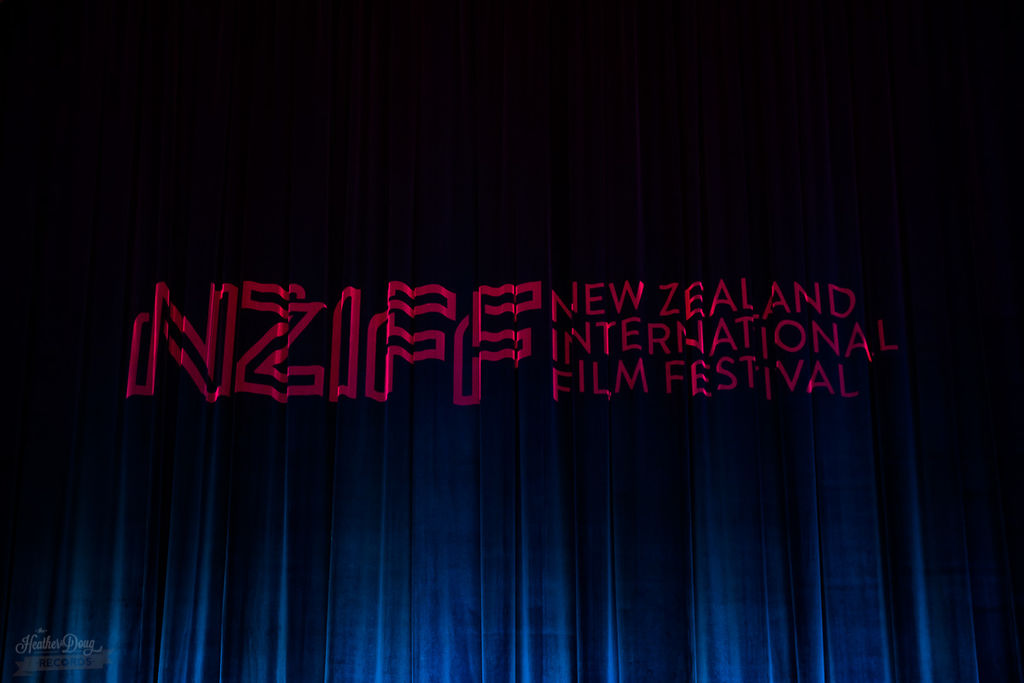
Now Christchurch has the utterly majestic Isaac Theatre Royal as the jewel in the crown- a magnificent place which has risen like a phoenix, rebuilt and refurbished after the devastating Christchurch earthquake of 2011. Fitted with state-of-the-art equipment, the Isaac Theatre Royal is a truly wonderful place to experience NZIFF screenings. There’s nothing like venturing out on a frosty Christchurch evening and walking towards the Isaac Theatre Royal for an NZIFF screening; the front of the building lit up resplendently and acting as a beacon to cinephiles: “come forward- magic awaits you.”
This year, I attended what was for me a record number of screenings. I would have liked to have attended screenings into multiple figures, but unfortunately my schedule didn’t allow it. Nevertheless, when the Box Office opened online for the Festival, I was there with my credit card, hands shaking slightly (yes, really!), ready to purchase my tickets and update my diary. The beauty of the NZIFF website is that when you register with the site, you can build a Wishlist of films. The benefit of this is that it will show you if there are any clashes in your scheduling. From there, when the Box Office is open, you can purchase tickets for your chosen films. It’s a feature which makes things so much easier, and stops the potential for scheduling clashes.
So, looking back over the films I attended for NZIFF, and after seeing them all, here are my final thoughts about each film, and with a final star rating for each:
Stalker (4 stars)
Tarkovsky’s Stalker is a film that prompts you to engage with it long after you’ve left with the cinema. What is ostensibly dystopic Russian science fiction also prompts thinking about the nature of human desire: what is it that we’re really searching for? What’s at the root of our desires? Do we desire certain things because we believe it will lead to an end to our suffering, and if so, what if it’s better to acknowledge that suffering and learn how to live with it? For me, Stalker transcended mere cinematic viewing and became an experience. It’s a deeply spiritual and thought-provoking film.
Spookers (3 stars)
Documentary film is my favourite genre by far, and Florian Habicht’s Spookers is a deliciously genre-defying watch. Documentary melds with fanciful fiction to create something truly special. There are some brilliant laughs, but the beauty of Spookers is that your heart will be opened wide to welcome in the people behind the frightful theme park characters. These are real people, with real stories- they have suffered hardships, experienced loss, but have found their place, and a new family. Spookers gets an entire extra half-point for the “Sausages Are Beautiful” song, because there’s nothing more Kiwi than a saussie on a piece of bread with tomato sauce.
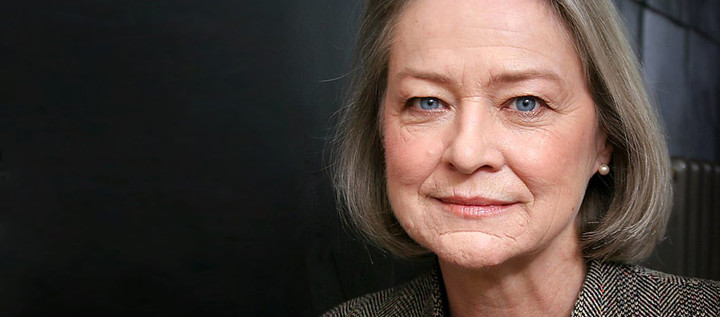
6 Days (3 stars)
My experience of viewing 6 Days was further enhanced by the fact I attended the Q&A session with Kate Adie, played by Abbie Cornish in the film. Not only is Kate an engaging and intelligent person, it heightened the experience of the film considerably. This is brilliant filmmaking. It’s tense and tightly scripted, with no extraneous detail or unnecessary dialogue. It’s about the Iran Embassy siege in London, 1980- nothing more, nothing less, and that’s a good thing. It’s such a deliciously tense film and brilliantly effective.
The Killing of a Sacred Deer (4 and a half stars)
I was pretty sure after seeing The Killing of a Sacred Deer that it was going to be my favourite film of the year, and that only Herculean effort would top it. I was trying to describe it in a spoiler-free way to a friend last night, and said it was “like Hitchcock on LSD”. If you can get through the first five moments and the opening scene (yes, really), you are ready to face the onslaught of tension and terror. As much as I loved Lanthimos’ The Lobster, I think The Killing of a Sacred Deer is the more satisfying of the two films. I would love to see Lanthimos write and direct a third English-language feature, starring Collin Farrell, in order to have a trilogy of sorts. When Lanthimos’ next film is out, I will be there, front and centre at the first available viewing- he has well and truly gained a fan! The win at Cannes 2017 for Best Screenplay was well and truly deserved.
The Lost City of Z (3 and a half stars)
I had to be ruthless with my rating of this, thus I removed half a star (sorry, James Gray!) because it was the film in the bunch that had me going: “yes…but…”. Don’t get me wrong: I loved this film. I did. But I wanted so much more from the character dynamics. That being said, the performances were utterly delightful and engaging, and as I mentioned in my full review of the film Tom Holland is a scene-stealer in the third half, not in a showy way but with a quiet intensity that some actors twice his age might not have been able to muster.
The Square (5 stars)
This was the Herculean effort that managed to knock The Killing of a Sacred Deer off the top spot amongst my NZIFF films. Clever, funny and with a very deep heart and social conscience, it’s a film that is as quirky as it is accessible, and a true testament to the magic of filmmaking. An absolute winner, and deserving of the Palme d’or.
Lynnaire MacDonald, Publicist and Founder, Film Sprites PR



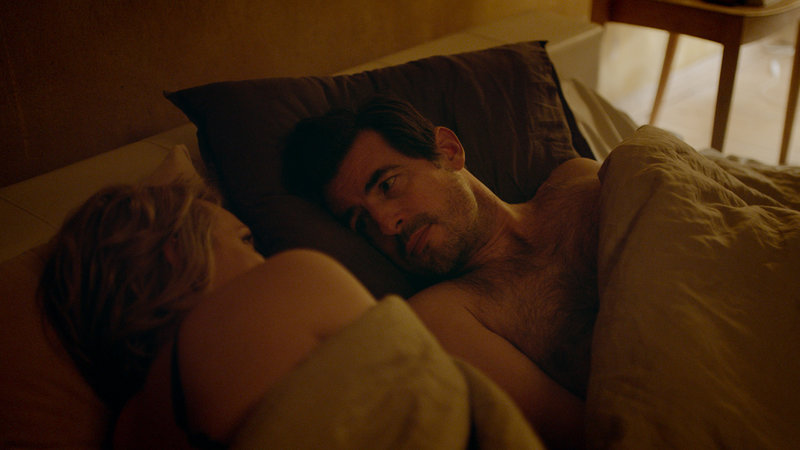
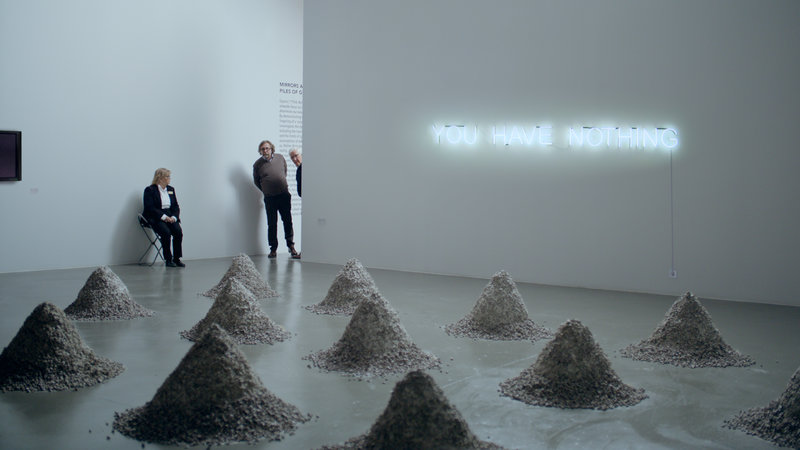

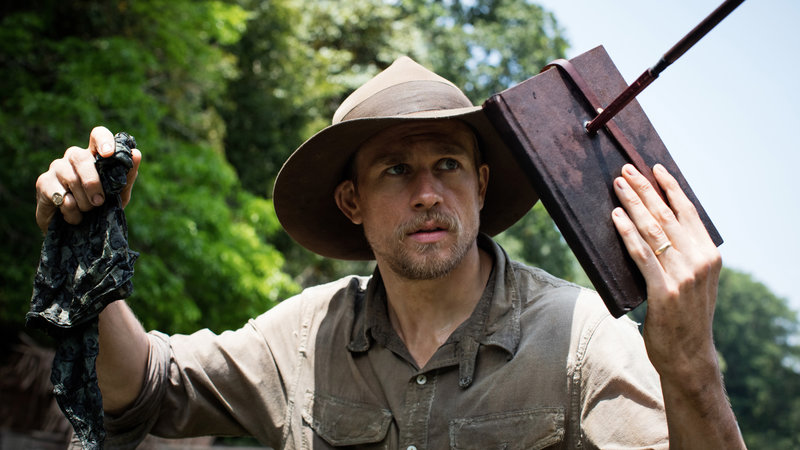
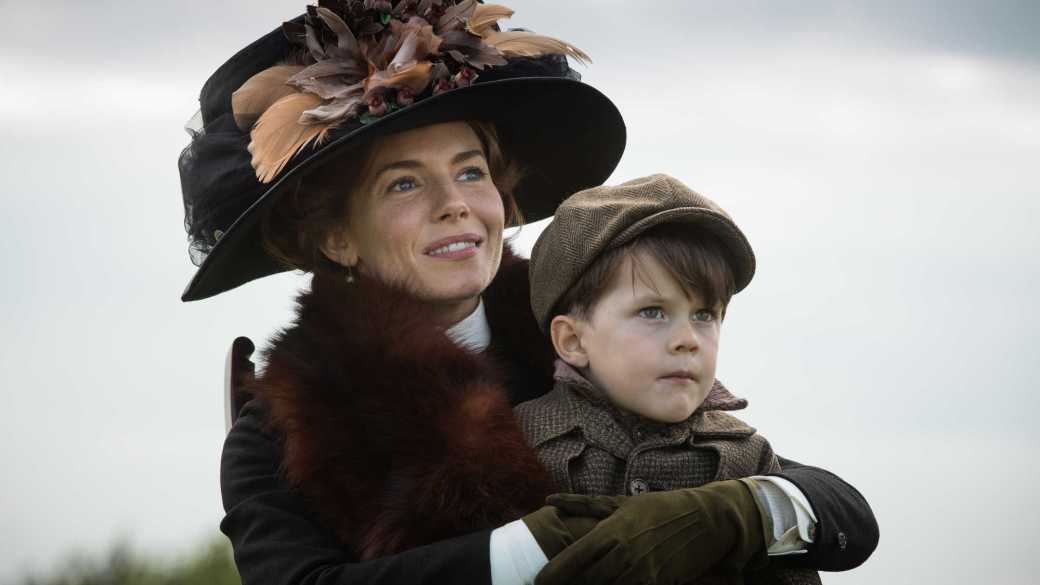
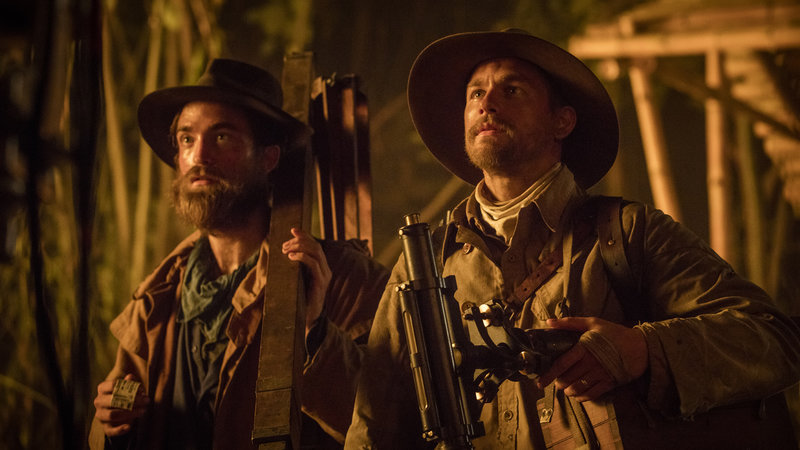

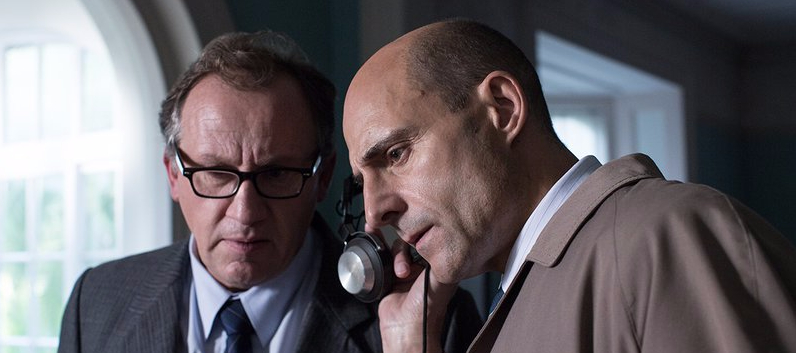
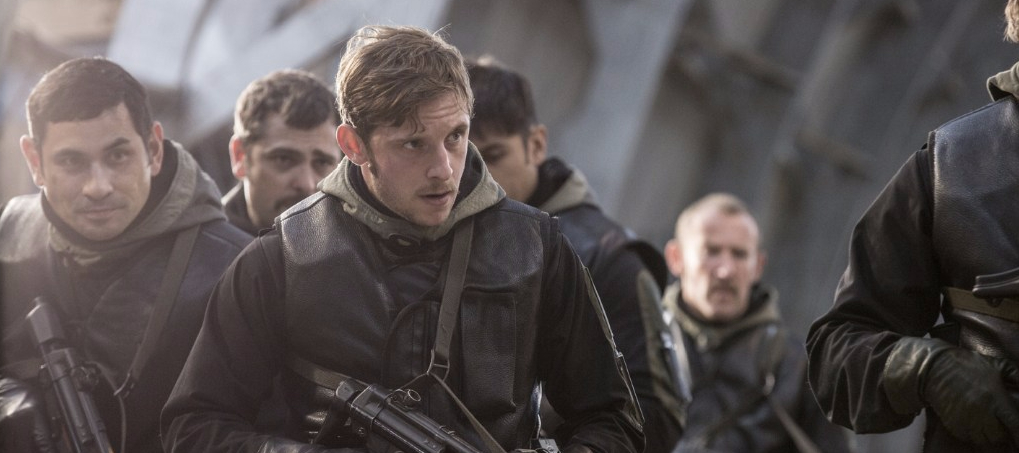
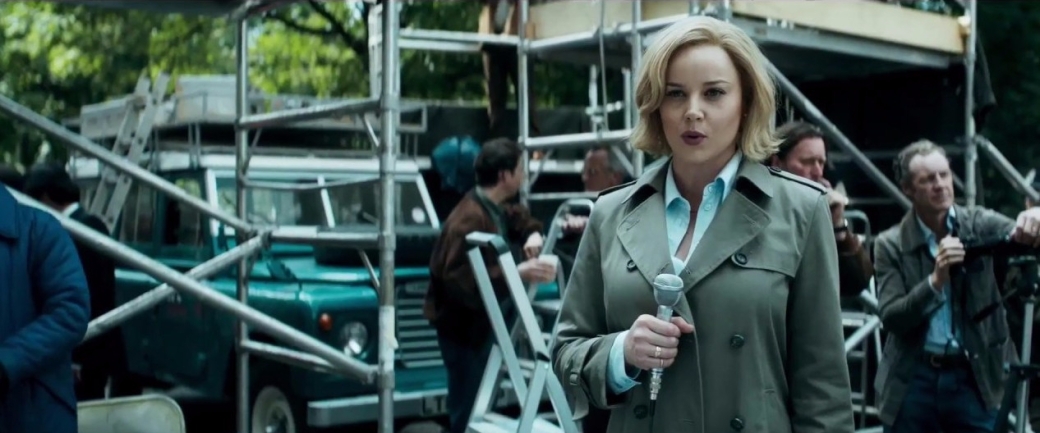

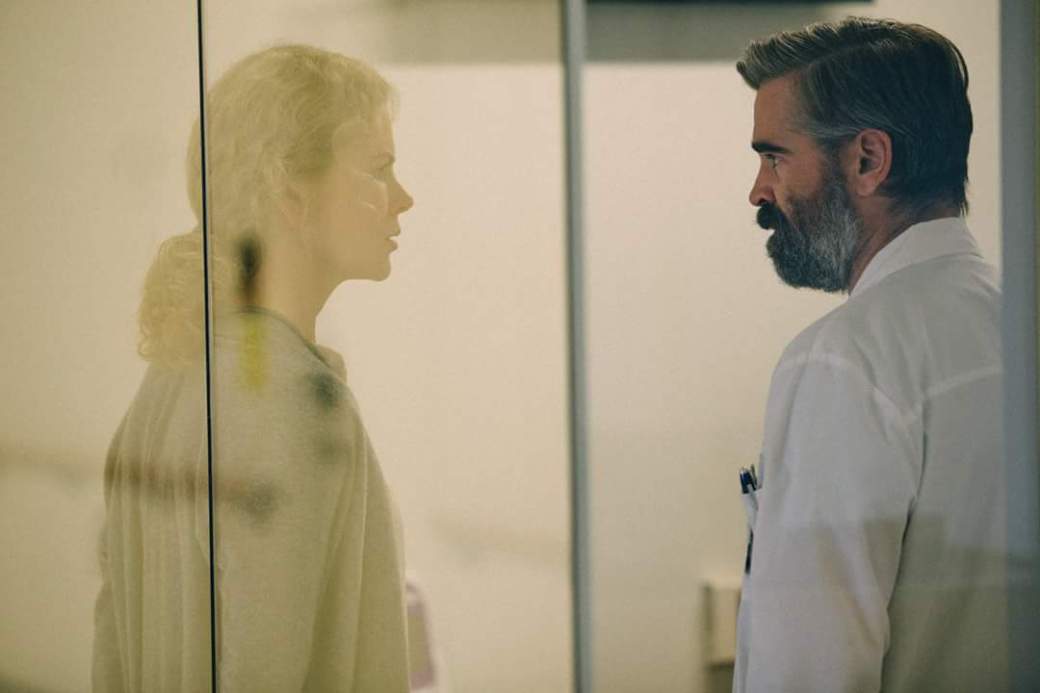
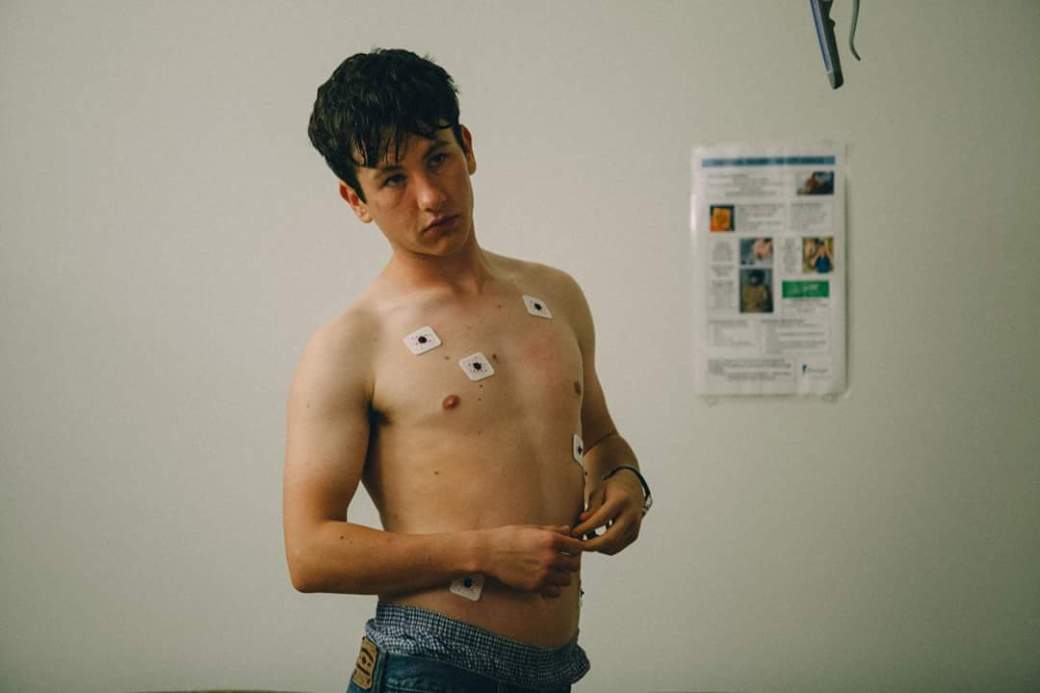
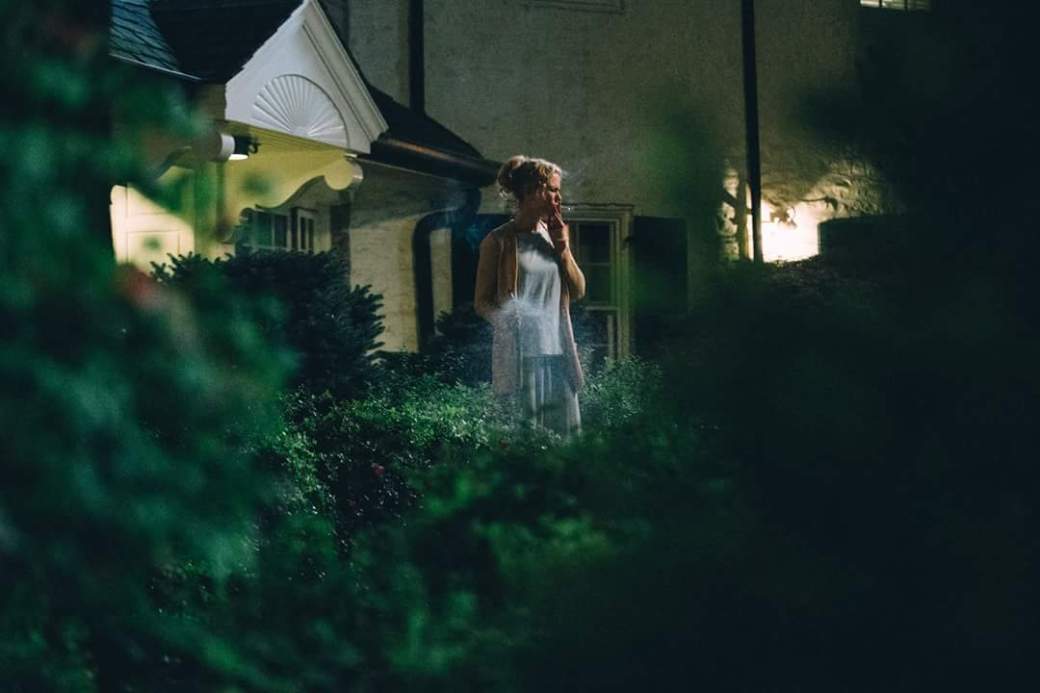

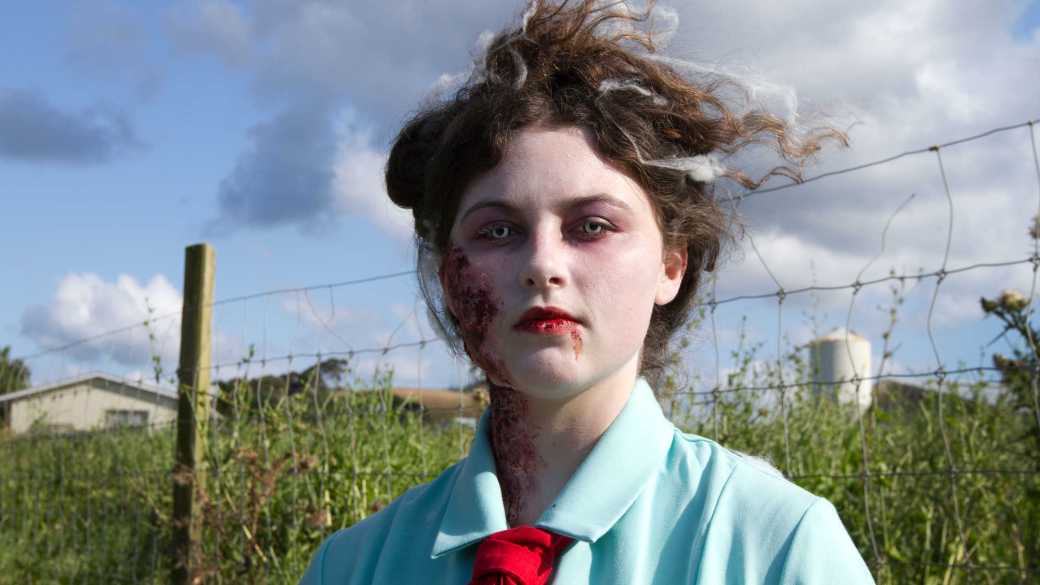
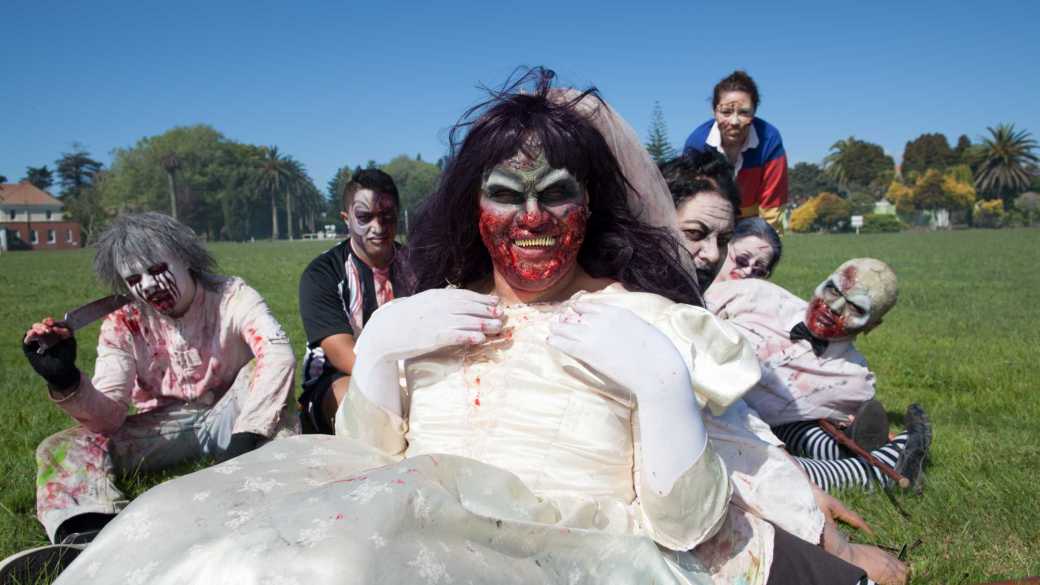

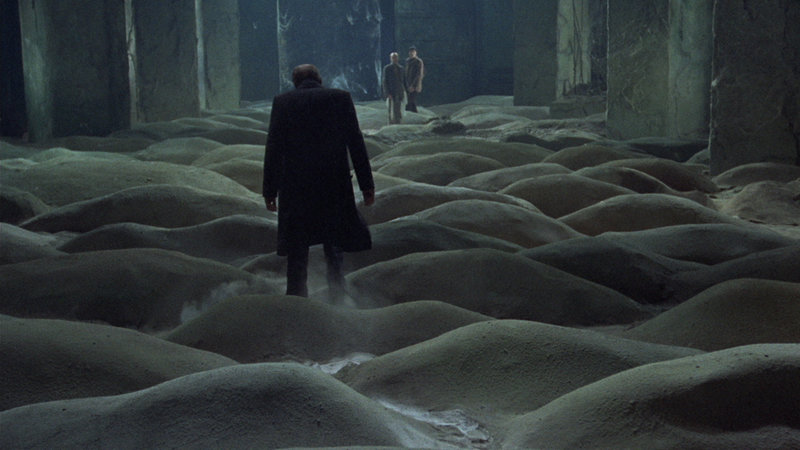
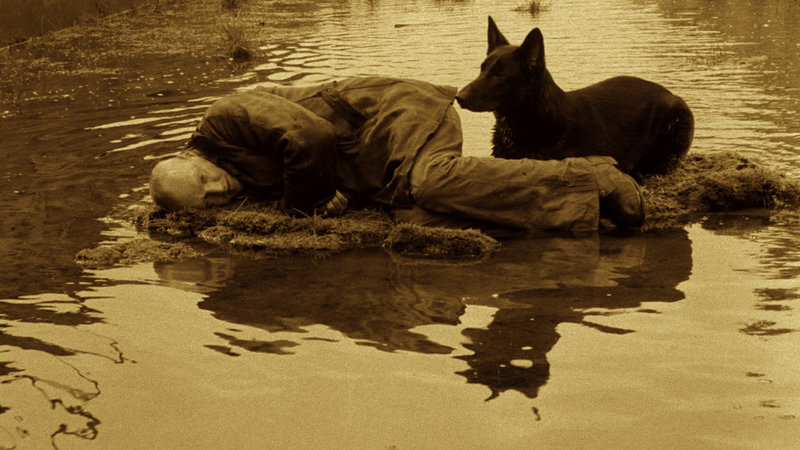
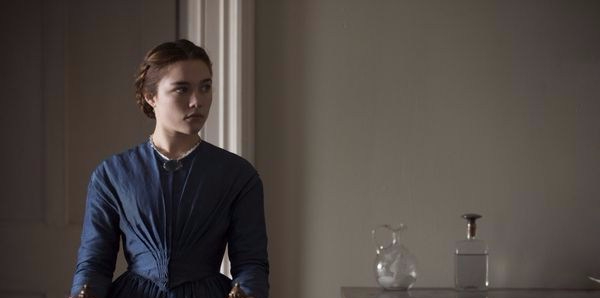
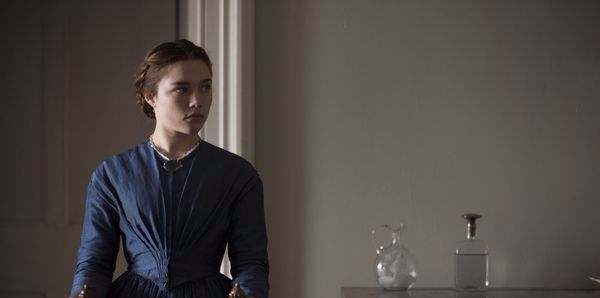

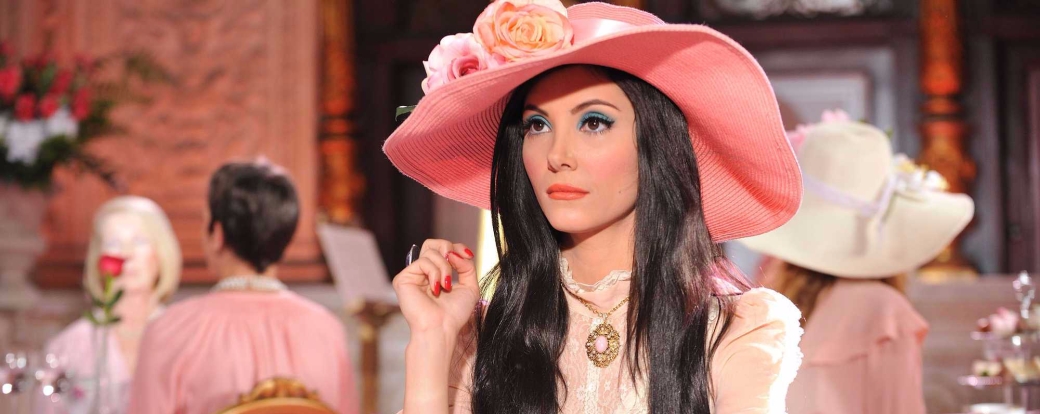

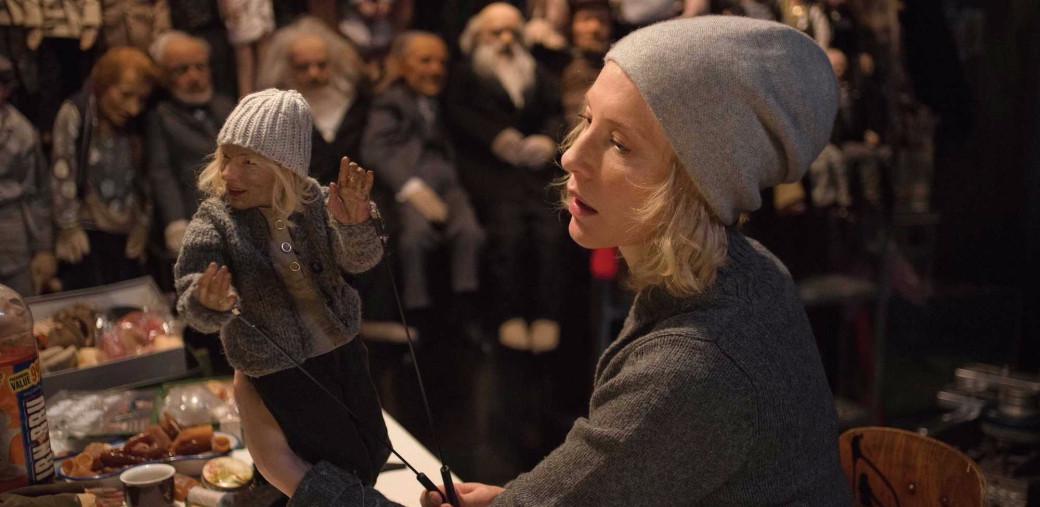
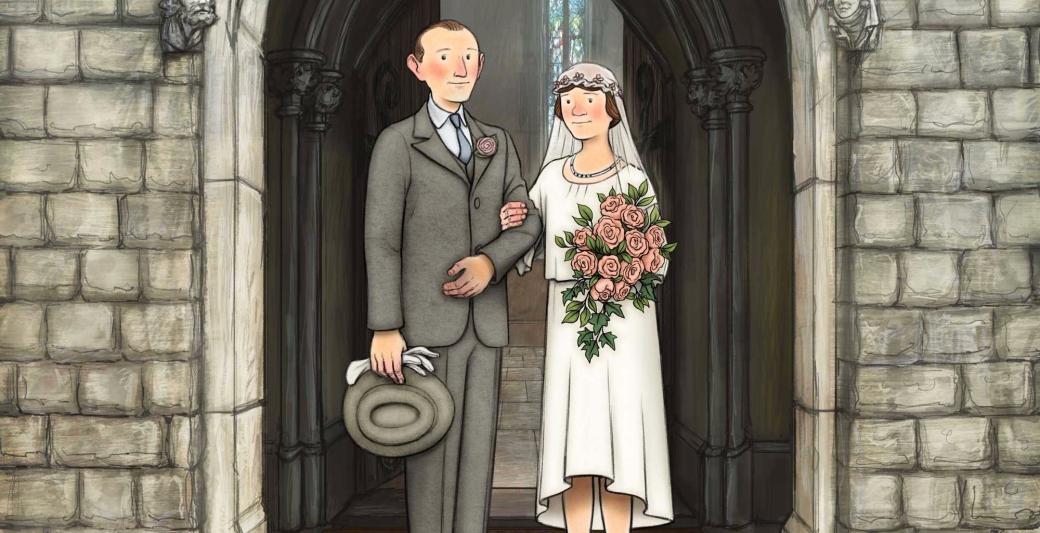
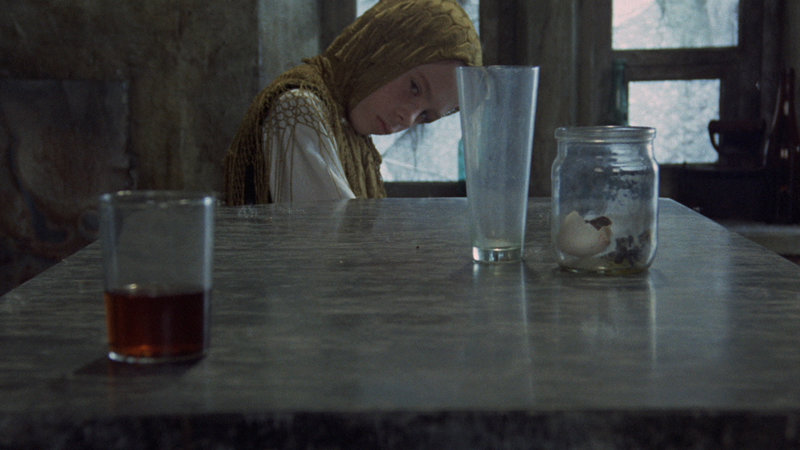
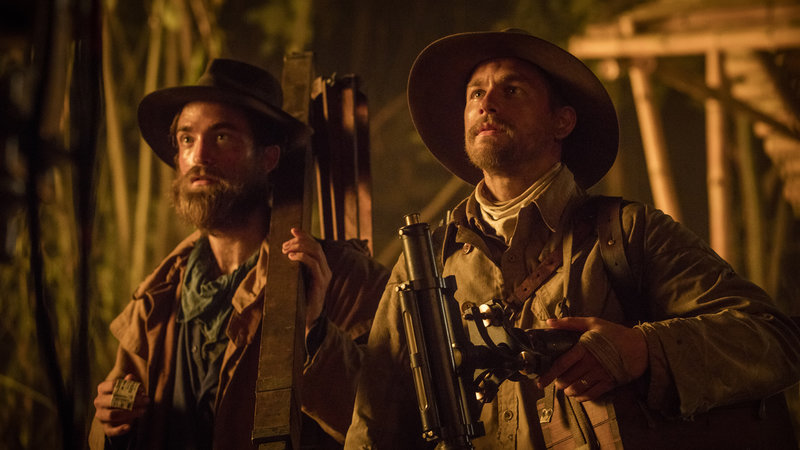

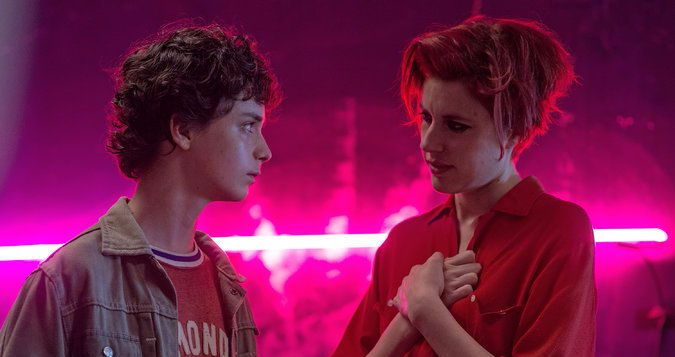

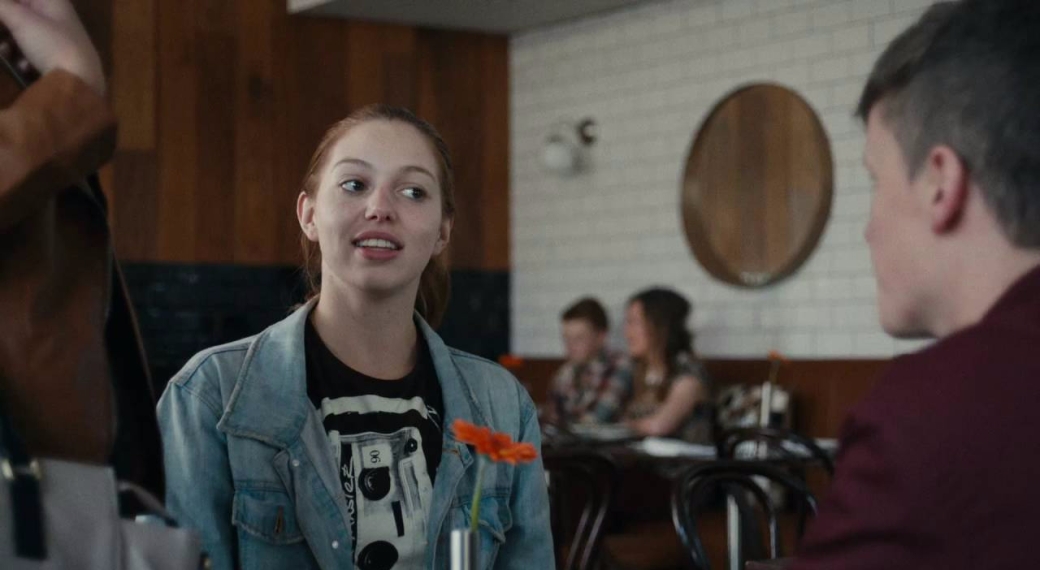

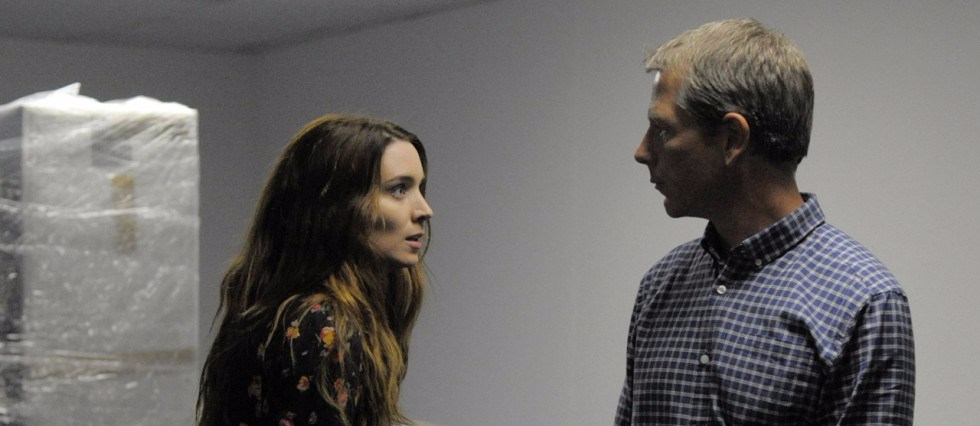

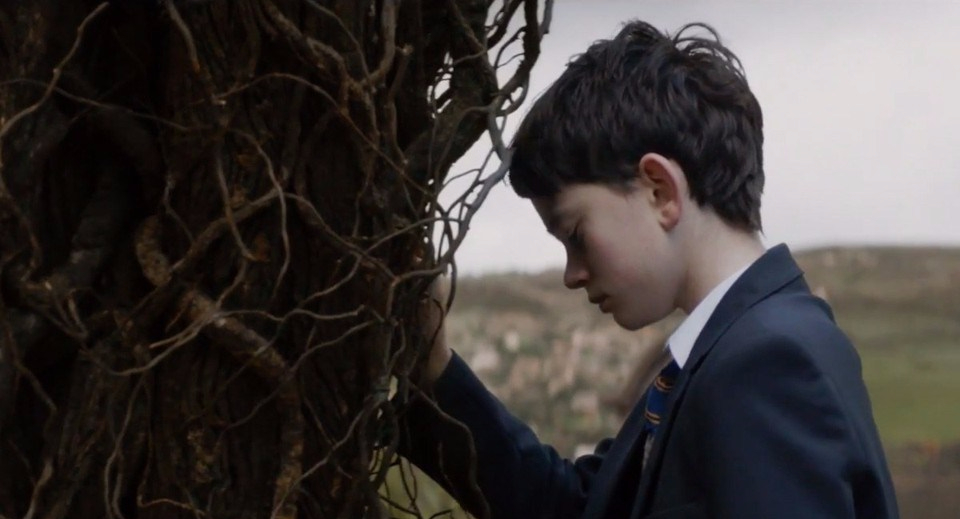

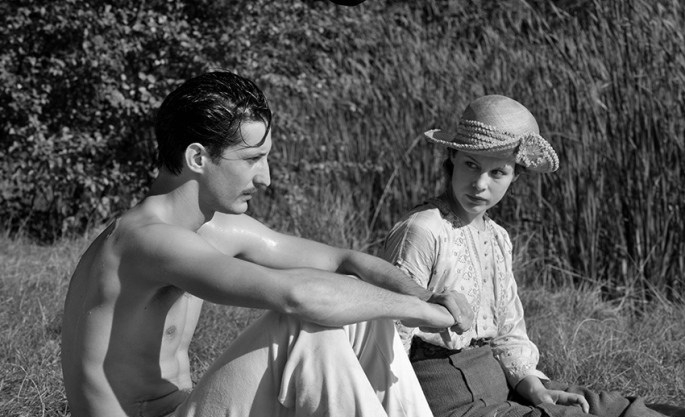

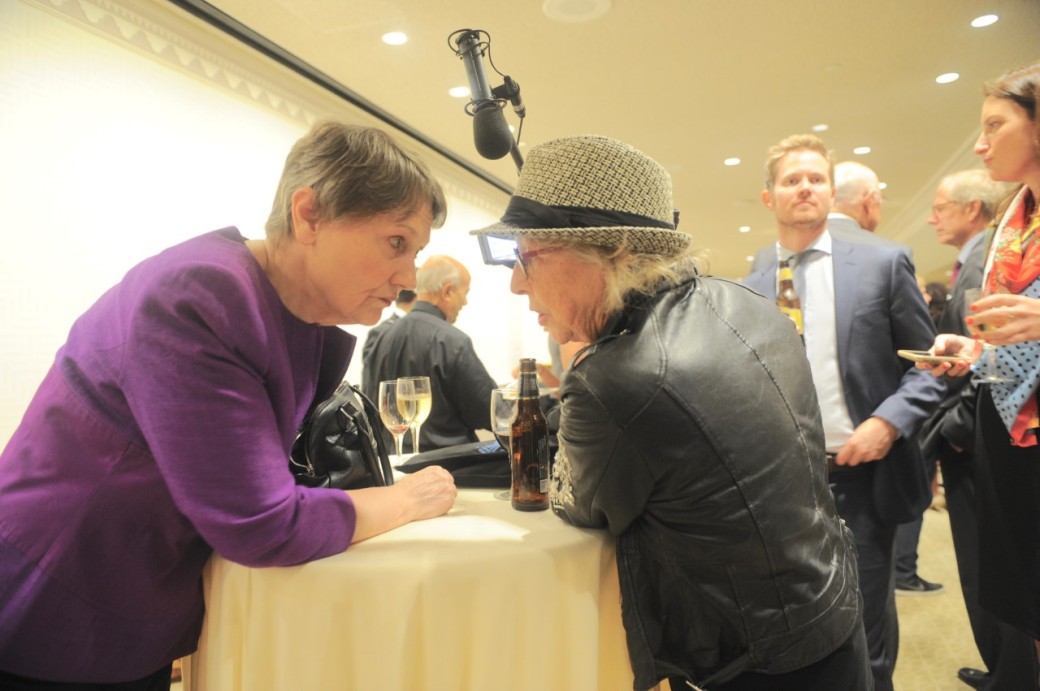

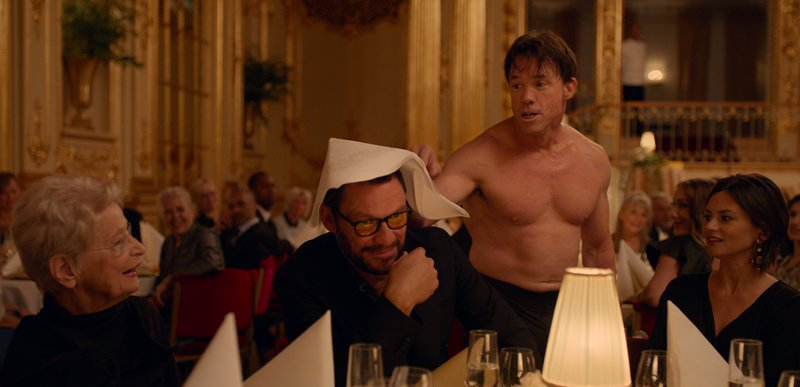

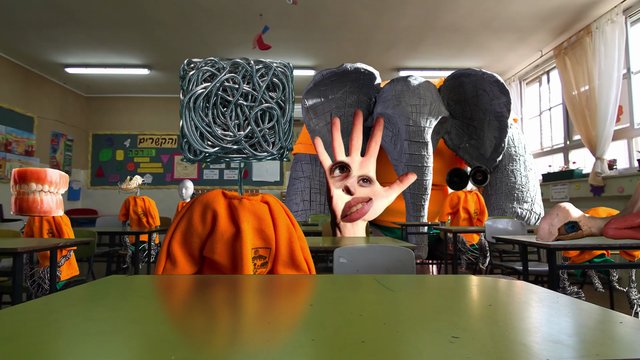
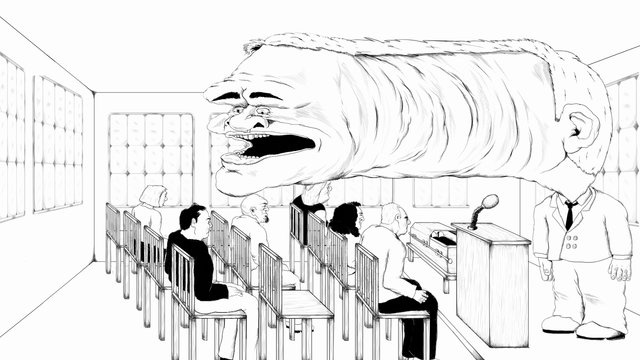
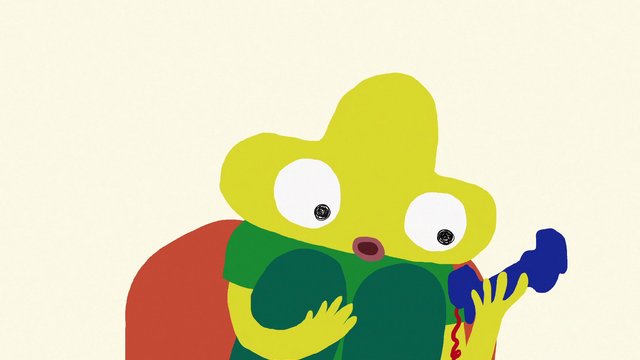
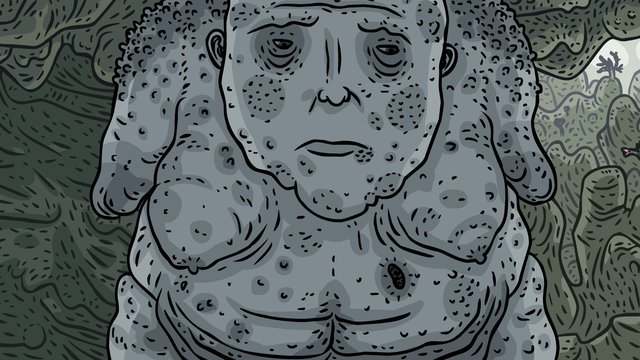
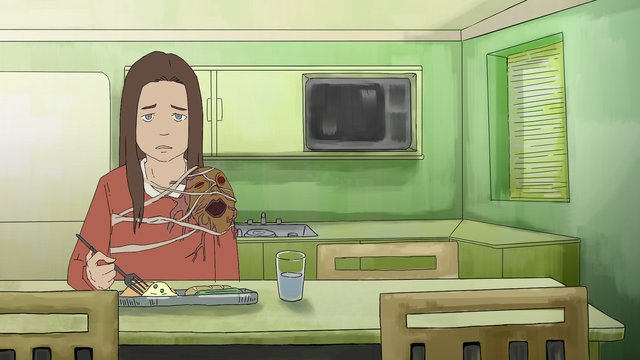
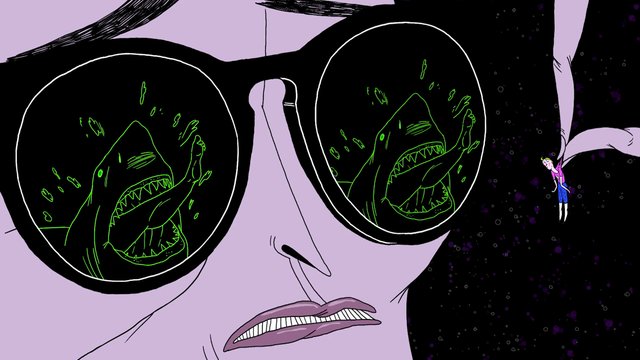
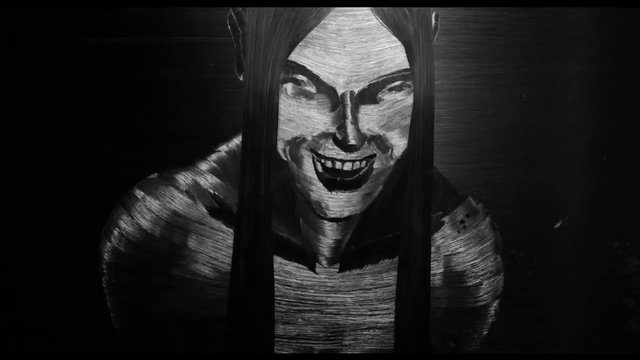
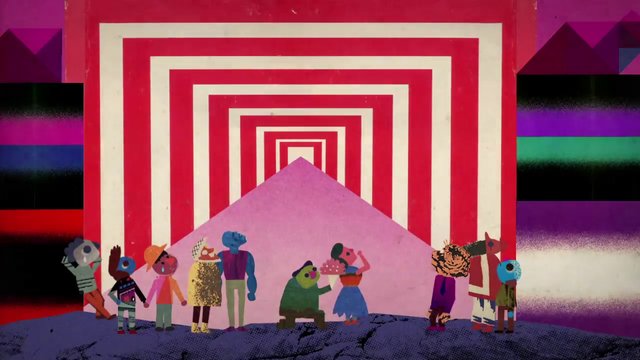
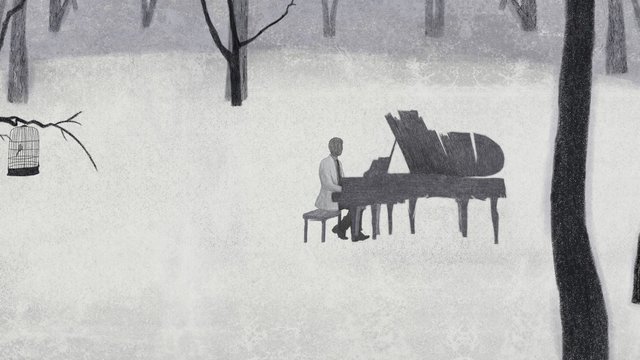
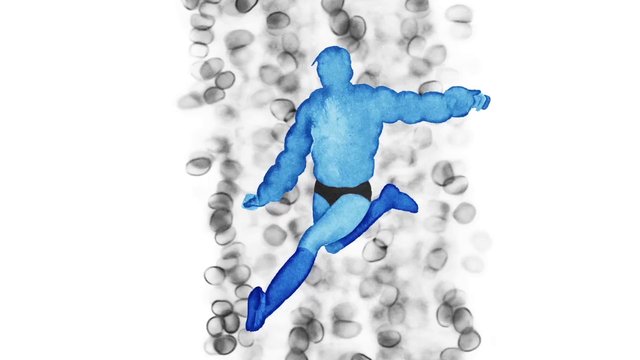
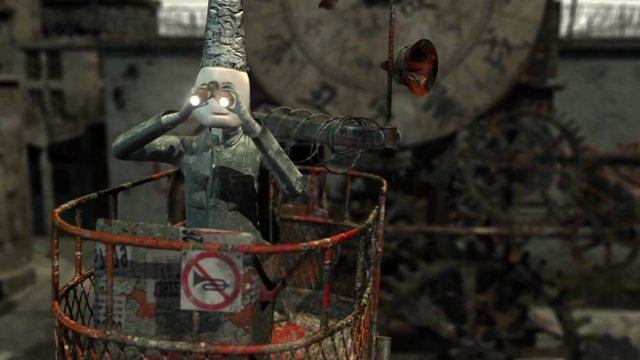
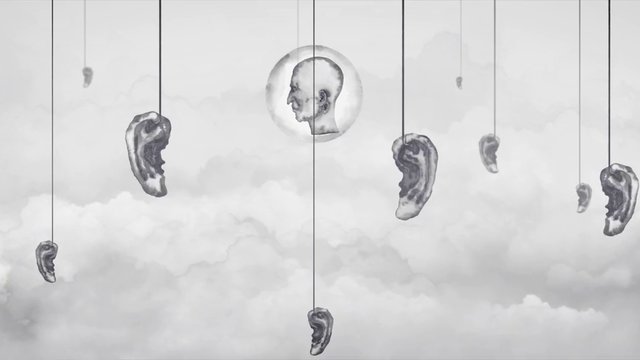
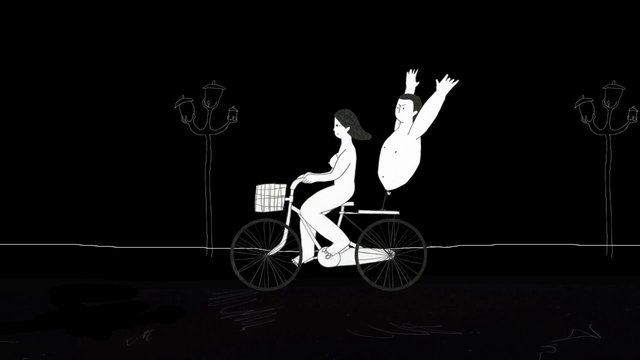
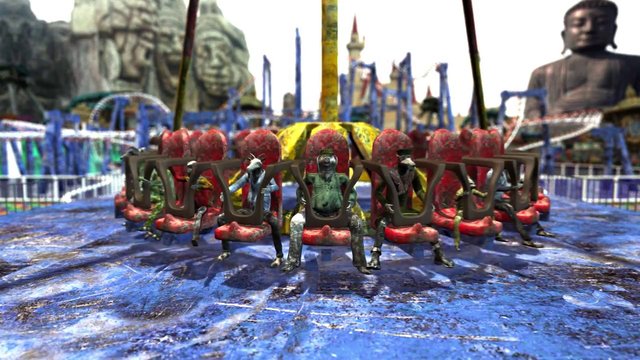
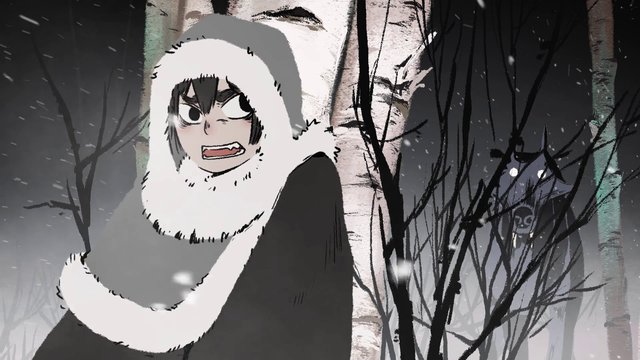
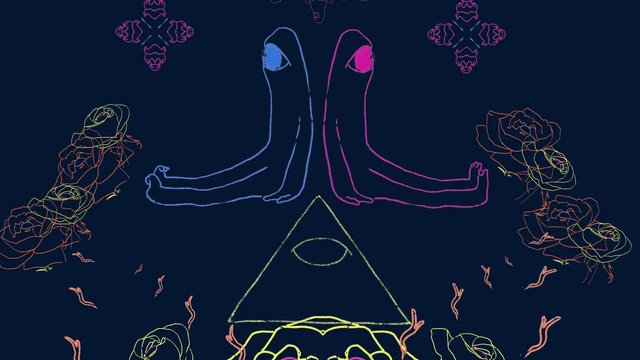
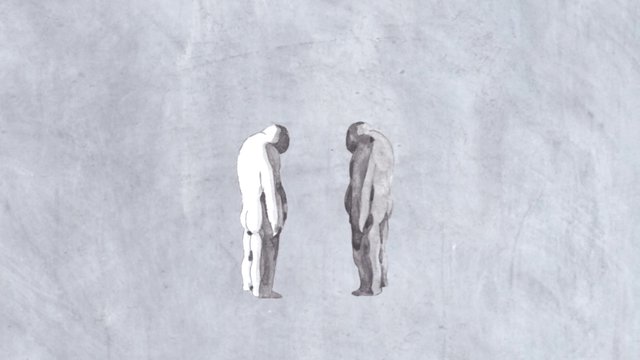
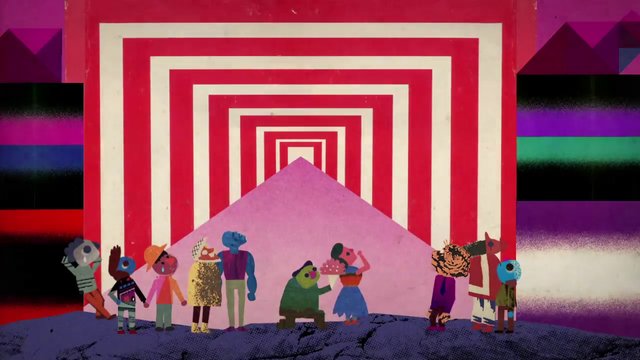

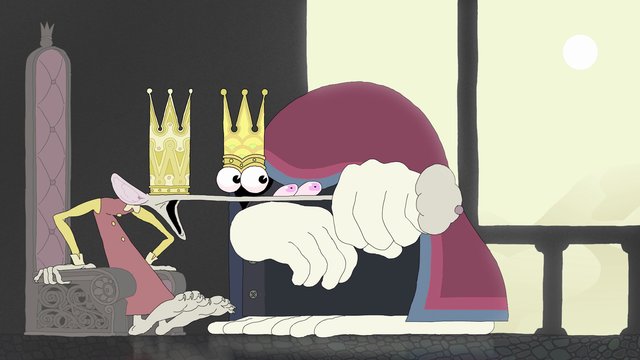
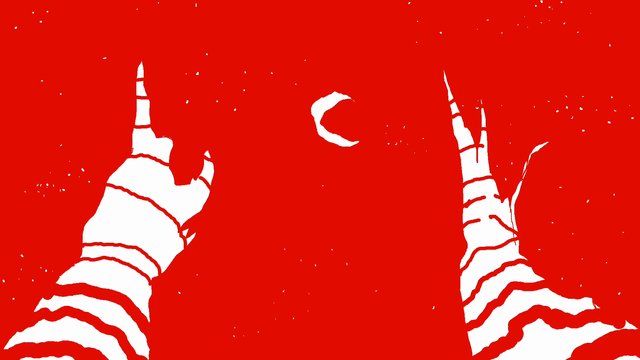
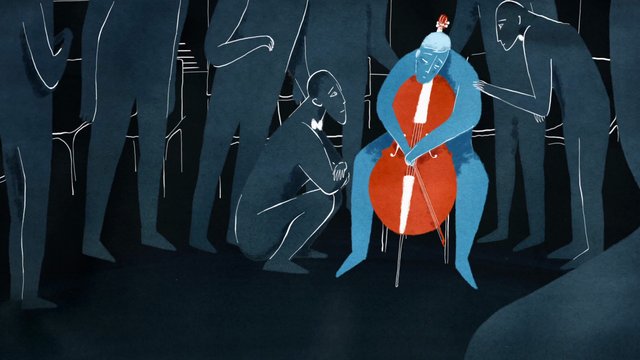
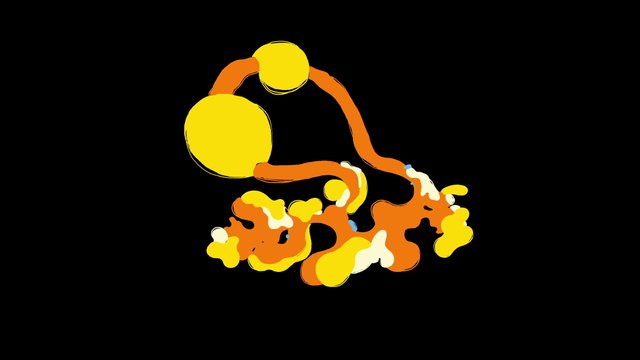
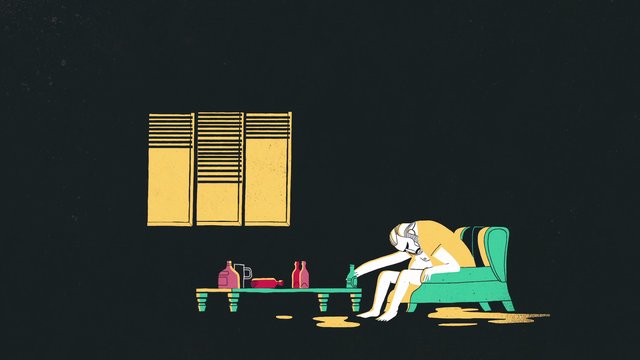
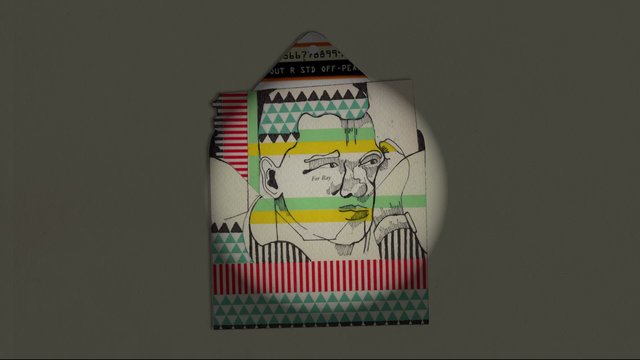
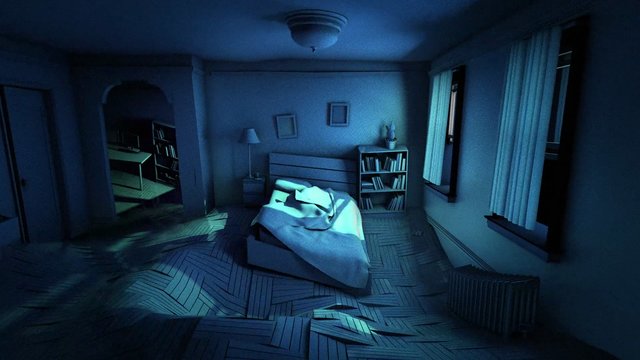
Recent Comments